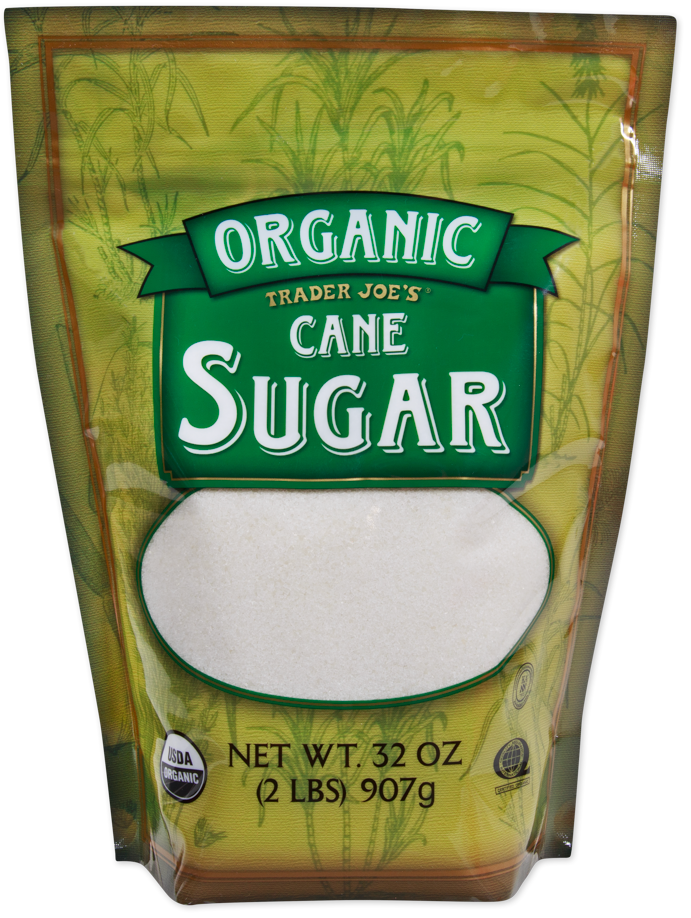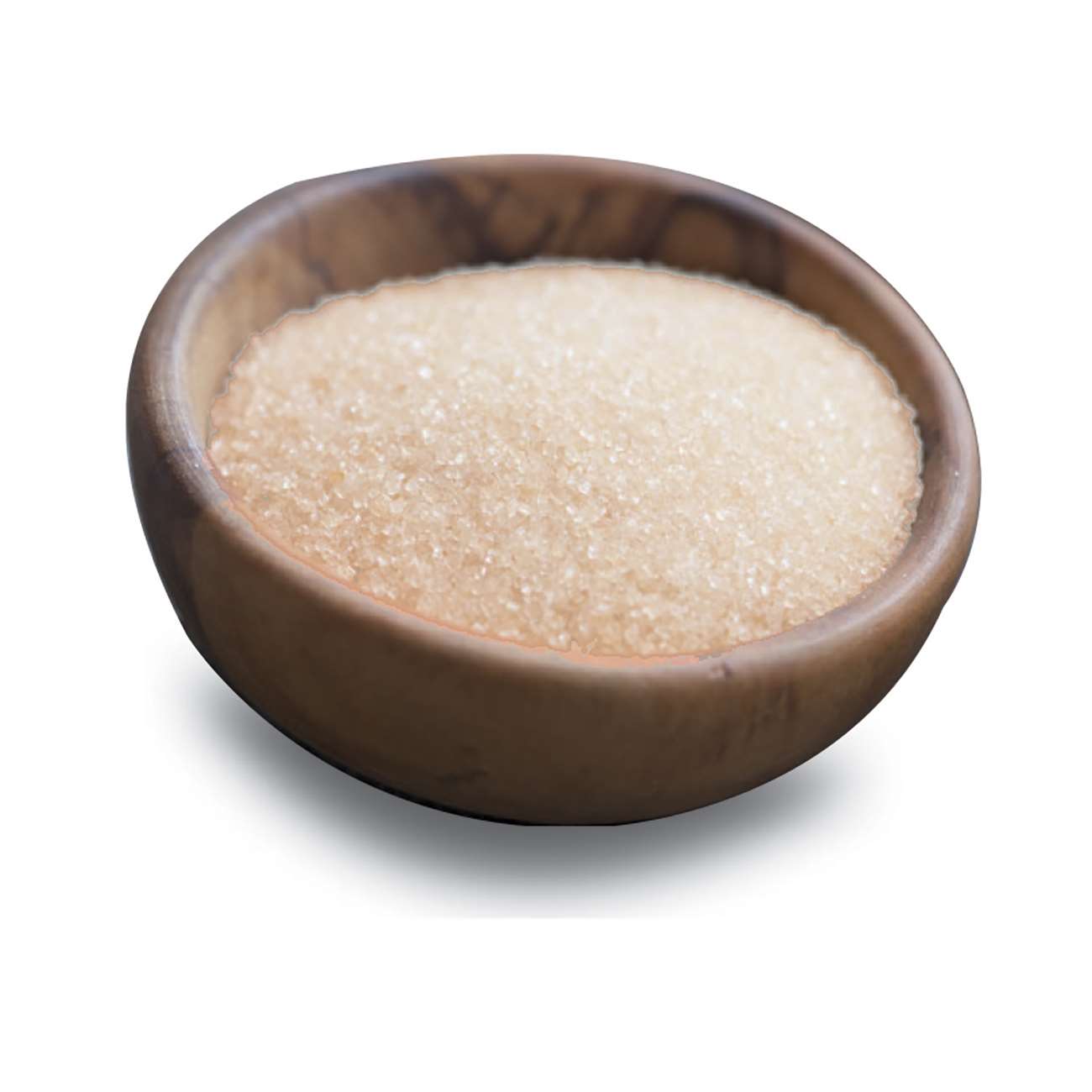Exploring the Comprehensive Tips Associated With Walking Cane Sugar Processing From Harvesting to Improvement
The process of walking cane sugar production incorporates a series of detailed steps, starting with the cautious harvesting of sugarcane and culminating in the improvement phases that make sure the last product satisfies sector requirements. Each stage, from the extraction of juice to the filtration and crystallization procedures, plays a vital function in establishing the top quality and personality of the sugar.
Harvesting Sugarcane
Gathering sugarcane is an essential action in the walking cane sugar handling chain, as it straight affects the top quality and return of the end product. Appropriate timing and techniques are important during this stage to make certain ideal sugar material and decrease losses. Commonly, sugarcane is harvested when it gets to maturity, generally 12 to 18 months after planting, characterized by a high sucrose concentration.

Post-harvest, the sugarcane has to be refined promptly to stop sucrose degradation. Preferably, harvested walking stick must be transferred to processing facilities within 24 hours to protect sugar top quality. Therefore, effective logistical planning is crucial to maintain the stability of the collected plant throughout the supply chain.
Removal Process

The smashed cane goes through a series of pressing procedures to maximize juice healing. Usually, warm water is splashed onto the smashed cane, creating a countercurrent circulation that assists liquify the sugar while also assisting in the removal procedure. The juice gathered from this operation contains not just sugar however also numerous natural compounds and pollutants.

To improve removal performance, some centers might use diffusion approaches, where the sugarcane is soaked in warm water, enabling the soluble sugars to diffuse into the liquid. The resulting juice, rich in sucrose, is then guided to subsequent processing stages, laying the foundation for purification and refinement. The extraction process is thus critical in figuring out the top quality and return of the last sugar item.
Filtration Techniques
The purification methods used in cane sugar handling are vital for transforming the raw juice into a high-grade sugar item. These approaches largely intend to eliminate pollutants, such as soil, plant materials, and not natural materials, which can negatively impact the final product's flavor and color.
Among the most common filtration strategies is clarification. This procedure entails adding lime and warm to the raw juice, which facilitates the coagulation of impurities. The resulting precipitate is after that eliminated through sedimentation or filtration, generating a more clear juice. Furthermore, using phosphoric acid can boost the explanation process by additional binding pollutants.
An additional significant method is carbonatation, where carbon dioxide is introduced to the clarified juice. This reaction creates calcium carbonate, which records remaining pollutants and advertises their elimination.
In addition, turned on carbon treatment may be applied to adsorb any kind of staying colorants and organic pollutants, making sure a much more polished product. The mix of these techniques effectively prepares the sugar juice for succeeding action in the refining procedure, establishing the phase for the production of top notch walking stick sugar.
Crystallization Methods
After the filtration phase, the next crucial step in walking stick sugar processing entails formation techniques, which play a pivotal duty in changing the clarified juice into solid browse this site sugar. This procedure commonly utilizes two key approaches: spontaneous formation and regulated formation.
In spontaneous formation, supersaturated sugar remedies are enabled to cool down normally, resulting in important link the development of sugar crystals gradually. This approach is simpler but might lead to unequal crystal dimensions and reduced pureness degrees. On the various other hand, regulated crystallization is a much more exact strategy where concentration, temperature, and seeding agents are meticulously handled. This technique permits the uniform development of sugar crystals and higher pureness.
During formation, the made clear juice is focused with evaporation, enhancing its sugar content until it reaches supersaturation. As soon as this factor is accomplished, either approach can assist in the crystallization process. Cane Sugar Processing. The resultant sugar crystals are after that separated from the continuing to be syrup via centrifugation
Inevitably, the choice of condensation method affects the high quality, dimension, and pureness of the final sugar product, making this step crucial in the overall cane sugar processing procedure.
Improvement and Product Packaging
Exactly how can the pureness and quality of walking cane sugar be even more boosted after condensation? The improvement procedure plays a vital function in achieving high-quality walking cane sugar.
Following, the sugar is subjected to a process called centrifugation, where it is spun at broadband to separate the purified sugar crystals from the staying liquid. After centrifugation, the sugar is often additional fine-tuned via an approach called carbonization or phosphatation, which uses turned on carbon or phosphoric acid to eliminate shade and off-flavors.
As soon as improved, the sugar is dried to accomplish the desired moisture web content, making certain that it remains secure throughout storage and transport. The final action entails packaging the polished sugar in moisture-proof and airtight containers to preserve its top quality and avoid contamination. Cane Sugar Processing. Correct packaging not just expands life span but also helps with very easy handling and distribution, making certain that consumers obtain sugar that fulfills the highest criteria of pureness and high quality
Final Thought
The thorough steps associated with cane sugar handling, from the meticulous harvesting of sugarcane to the elaborate refinement and product packaging stages, underscore the importance of each stage in useful reference ensuring top quality sugar manufacturing. Optimal harvesting strategies, reliable extraction methods, and rigorous purification procedures jointly add to the end product's purity and stability. The condensation and subsequent product packaging techniques better boost the stability and service life of the sugar, highlighting the intricacy and precision intrinsic in this important farming sector.
The process of cane sugar manufacturing incorporates a series of complex actions, beginning with the careful harvesting of sugarcane and culminating in the improvement phases that make certain the final item meets sector criteria. Preferably, collected walking stick needs to be moved to processing centers within 24 hours to protect sugar quality.In spontaneous crystallization, supersaturated sugar services are allowed to cool normally, leading to the development of sugar crystals over time - Cane Sugar Processing. The improvement procedure plays a critical duty in attaining top notch walking cane sugar.The thorough steps included in walking stick sugar handling, from the meticulous harvesting of sugarcane to the intricate refinement and packaging phases, underscore the relevance of each stage in making sure high-grade sugar manufacturing